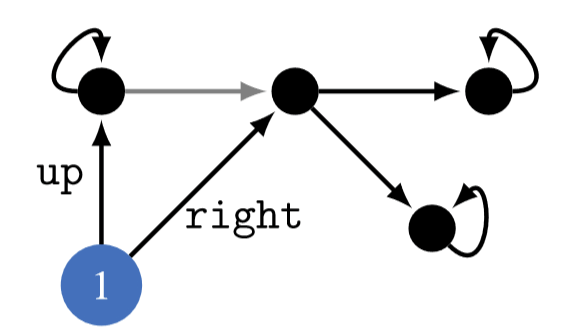I’ve written a draft report evaluating a version of the overall case for existential risk from misaligned AI, and taking an initial stab at quantifying the risk from this version of the threat. I’ve made the draft viewable as a public google doc here (Edit: arXiv version here, video presentation here, human-narrated audio version here). Feedback would be welcome.
This work is part of Open Philanthropy’s “Worldview Investigations” project. However, the draft reflects my personal (rough, unstable) views, not the “institutional views” of Open Philanthropy.

Hi Koen,
Glad to hear you liked section 4.3.3. And thanks for pointing to these posts -- I certainly haven't reviewed all the literature, here, so there may well be reasons for optimism that aren't sufficiently salient to me.
Re: black boxes, I do think that black-box systems that emerge from some kind of evolution/search process are more dangerous; but as I discuss in 4.4.1, I also think that the bare fact that the systems are much more cognitively sophisticated than humans creates significant and safety-relevant barriers to understanding, even if the system has been designed/mechanistically understood at a different level.
Re: “there is a whole body of work which shows that evolved systems are often power-seeking” -- anything in particular you have in mind here?